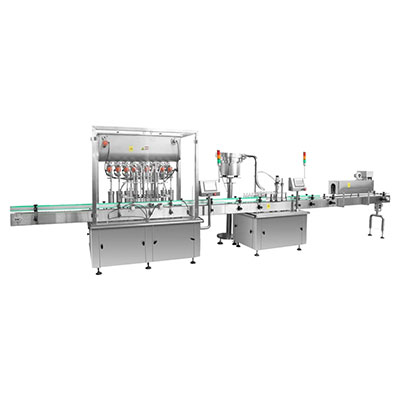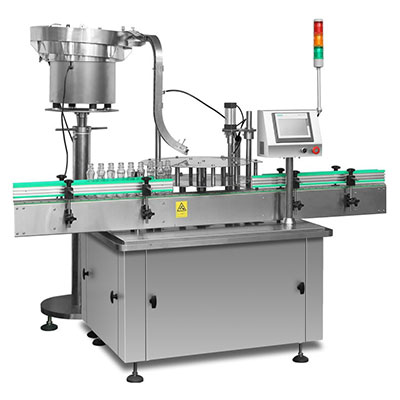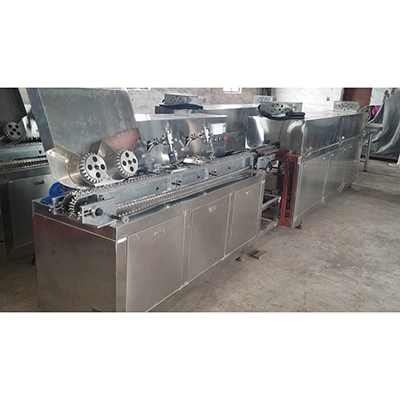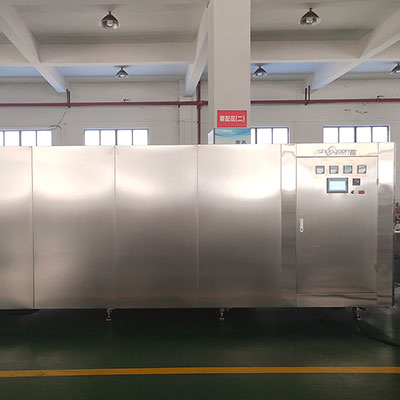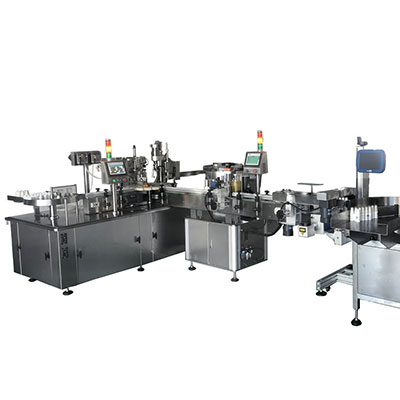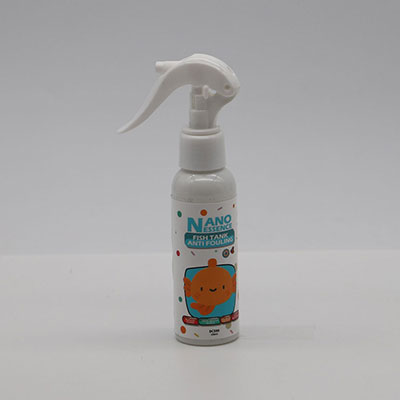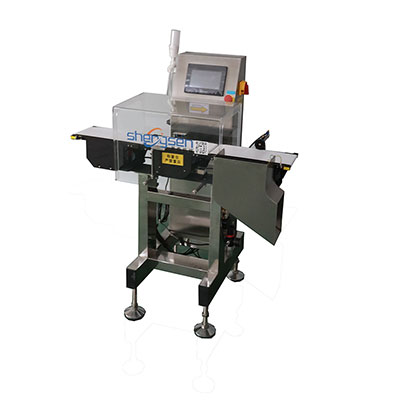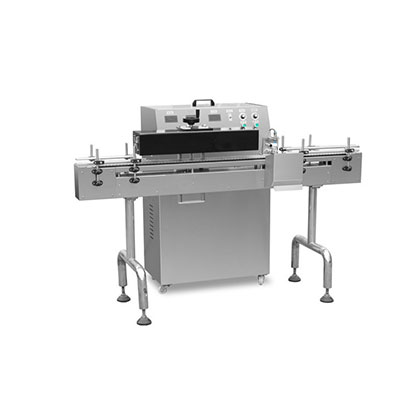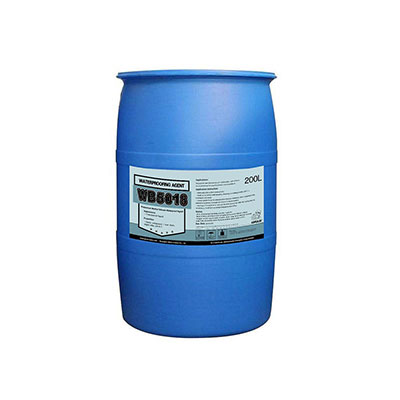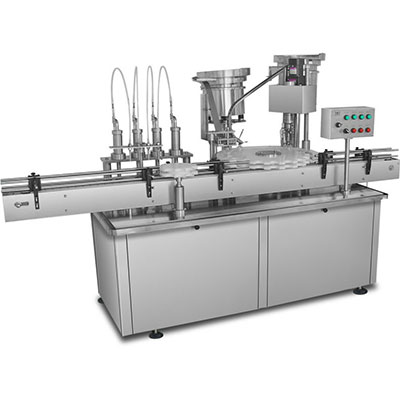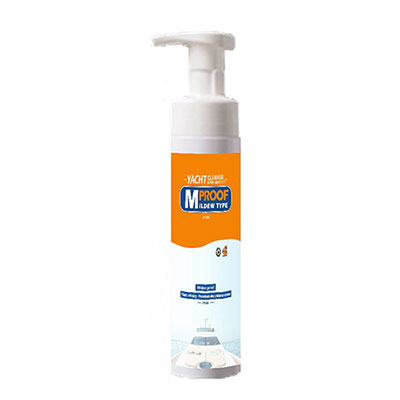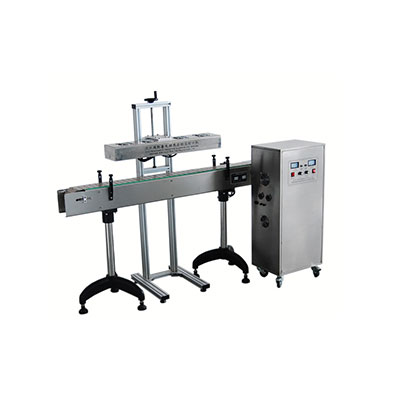Polyaluminium Chloride
CAS No.: 1327-41-9
Synonyms: Aluminium chlorohydrate, Aluminium hydroxychloride, Aluminium chlorhydroxide, Aluminium chloride basic, Aluminium chlorohydrol, Polyaluminium chloride
Typical Application: Waste water treatment chemicals
Generation Introduction
Polyaluminium chloride (PAC) is a kind of inorganic polymer coagulant that generated by the bridging action of hydroxide ion and the polymerization effect of multivalence anion. It has large molecular weight and high electric charge.
Often used as water treatment chemicals, polyaluminium chloride can be in solid or fluid state, while the color of the solid type can be brown, yellow or white.
Main Parameters of Polyaluminium Chloride
Al2O3
During the spray drying process, the centrifugal machine can spay mother solution evenly in the drying tower, so we can obtain polyaluminium chloride with even, stable and qualified Al2O3 content. Then the adsorption capability of the PAC powder is enhanced, resulting in good agglomeration and flocculation performance. However, other drying methods can not produce such great products.
Basicity
The basicity of the polyaluminium chloride indicated the degree of polymerization. It can influence the water treatment effect. The centrifugal spray drying method we use can increase the degree of polymerization while maintaining the activity of the mother liquor.
Additionally, the basicity of polyaluminum chloride can be adjusted timely in line with different water quality. Traditional drum drying method, however, can lower the polymerization degree, leading to small range of basicity which means the suitable water quality range becomes smaller.
Speaking of Polyaluminium chloride that used as drinking water treatment chemicals, the price goes up if the basicity becomes lower. Clients are supposed to choose the product based on their practical situations. The basicity is usually different when choosing different raw materials and production techniques. Manufacturers should make the right choices for different products.
Improving the basicity of the aluminium chloride means much lower cost for production and usage. For example, when the basicity rises from 65% to 92%, the cost of raw material can be reduced by 20%, while the usage cost can be lowered by 40%.
Water Insoluble Matter in Polyaluminium Chloride
The plate-frame pressure filtration technique is adopted, the water insoluble matter content (w/w) in the solid product can be lower than 0.3%, and lower than 0.1% in solution. Thus the pipe won't be blocked and the usage rate of the medical can be enhanced. However, the effect of natural sedimentation method couldn't match that of our product.
Feature
1. When used as sewage treatment chemicals, Polyaluminium chloride offers better waste water treatment effects than aluminum sulfate flocculant, while the cost is also lowered by 15-30%.
2. The generating speed and sedimentation speed of the flocculating constituent is quite fast. The treating capacity is also much greater than that of traditional wastewater treatment chemicals like aluminium sulfate.
3. The alkalinity of treated water has smaller reduction, comparing with that using inorganic flocculants. Thus less or no alkaline agent is needed.
4. The suitable water pH range is 5.0-9.0.
5. Low level corrosivity
6. Safe and easy using procedure
7. Polyaluminium chloride offers better solubility than aluminium sulfate.
8. The salinity in treated water has limited rise. It is good for ion exchange treatment and high purity water production.
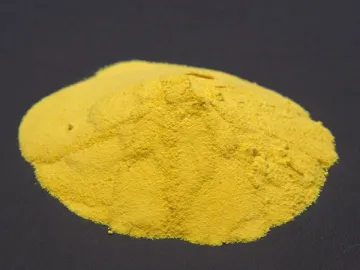
Application
Polyaluminium chloride often serves as:
1. Water purification chemicals for both domestic water and industrial water
2. Urban sewage treatment chemicals
3. Industrial wastewater, sewage, sludge treatment solution and their solid substance recycling
4. Wastewater treatment solutions for industrial sewage that is difficult to deal with; composite polyaluminium chloride (PAC added with some other chemical regents) can be used to achieve better performance.
Specifications of Polyaluminium Chloride
Serve as Industrial Sewage Treatment Chemicals
| Quality Standard | GB/T 22627-2008 |
| Al2O3 | 28%~30% |
| Basicity | 30~95% |
| pH Value | 3.5~5.0 |
| Water Insoluble Matter | ≤ 1.5% |
| Iron (Fe) | ≤ 5.0% |
| Lead (Pb) | ≤ 0.006% |
| Arsenic (As) | ≤ 0.0015% |
Serve as Drinking Water Treatment Chemicals
| Quality Standard | GB 15892-2009 |
| Al2O3 | 29%~31% |
| Basicity | 40~90% |
| pH Value | 3.5~5.0 |
| Water Insoluble Matter | ≤ 0.6% |
| Cadmium (Cd) | ≤ 0.0002% |
| Lead (Pb) | ≤ 0.001% |
| Arsenic (As) | ≤ 0.0002% |
| Chromium (Cr) | ≤ 0.0005% |
| Mercury (Hg) | ≤ 0.00001% |
Links:https://www.globefindpro.com/products/78972.html
-
 Magnesium Sulphate (Food Grade)
Magnesium Sulphate (Food Grade)
-
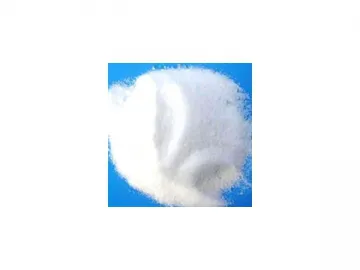 Sodium Bromide
Sodium Bromide
-
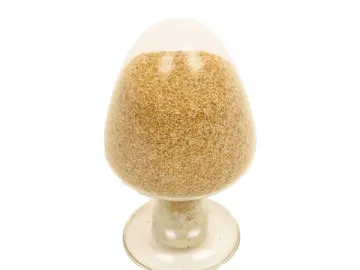 Choline Chloride
Choline Chloride
-
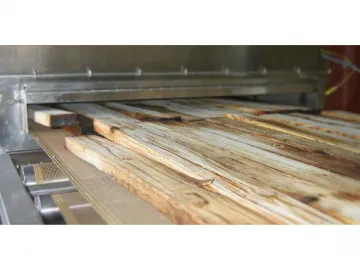 Microwave Wood Dryer
Microwave Wood Dryer
-
 Platinum Polished Porcelain Tiles
Platinum Polished Porcelain Tiles
-
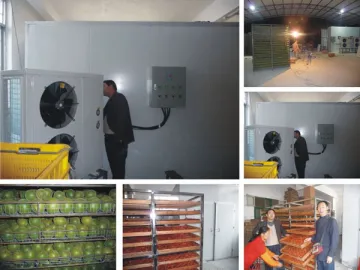 Heat Pump Fruit Dryer
Heat Pump Fruit Dryer
-
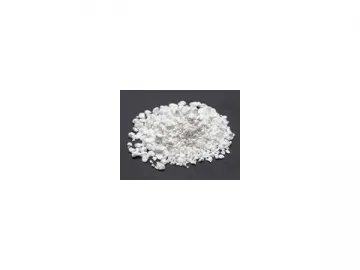 Calcium Chloride
Calcium Chloride
-
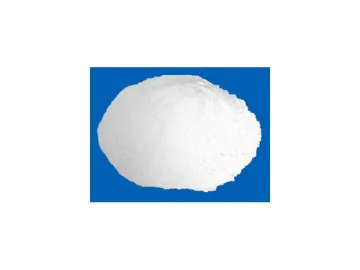 Sodium Formate
Sodium Formate
-
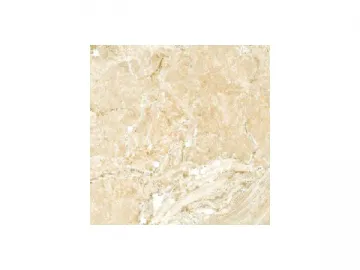 Ink Jet Polished and Glazed Porcelain Tile
Ink Jet Polished and Glazed Porcelain Tile
-
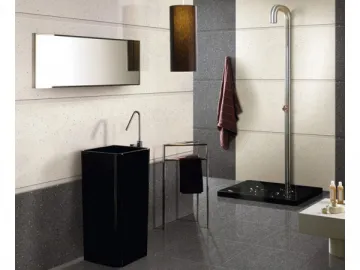 Bold Grain Glazed Porcelain Tiles
Bold Grain Glazed Porcelain Tiles
-
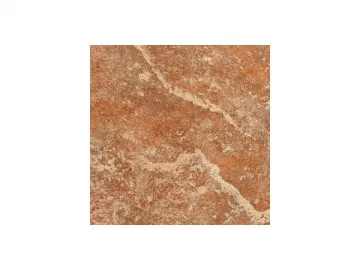 Desert Storm Glazed Porcelain Tiles
Desert Storm Glazed Porcelain Tiles
-
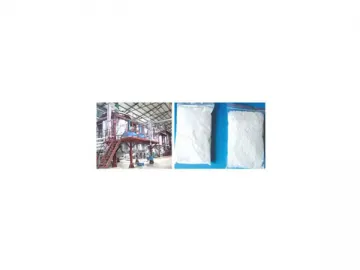 Sodium Lauryl Sulfate
Sodium Lauryl Sulfate
